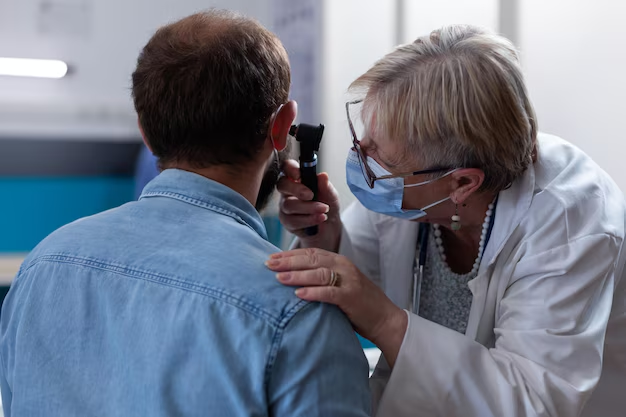Understanding Medicare Coverage for Ear Wax Removal
Ear wax buildup is a common issue that affects many people, especially older adults, and it can lead to discomfort, hearing loss, and other complications. If you're wondering whether Medicare covers ear wax removal, the answer isn't entirely straightforward but is essential to understand for your healthcare and financial planning.
What is Ear Wax Removal?
Ear wax, or cerumen, is a natural substance produced by glands in the ear canal. While it naturally exits the ear, sometimes it can build up, causing blockages and necessitating professional removal. Ear wax removal involves methods like irrigation, suction, or manual extraction performed by healthcare professionals.
Does Medicare Cover Ear Wax Removal?
Medicare Part B, which covers outpatient care, does address ear wax removal but generally only if a doctor deems it medically necessary. This means that the removal must be essential to diagnose or treat a medical condition. Simply desiring ear wax removal for comfort might not be enough for Medicare coverage. If covered, Medicare Part B typically shoulders 80% of the approved costs after you meet your deductible.
As with many Medicare services, it's crucial to check with your healthcare provider and confirm the necessity of the procedure for coverage. Additionally, ensure the provider accepts Medicare to avoid any unexpected costs.
Exploring Medicare Advantage Plans
For those looking for more comprehensive coverage, Medicare Advantage Plans (Part C) could be worth exploring. These plans, offered by private insurance companies approved by Medicare, often provide additional benefits that Original Medicare doesn't, potentially including ear care services like wax removal. Each plan is different, so reviewing what each covers is essential before making a decision.
Financial Assistance and Alternatives
If you're concerned about the costs associated with ear wax removal or other healthcare expenses not fully covered by Medicare, you might consider seeking additional financial assistance. Here are some pathways to explore:
Government Assistance Programs
Medicaid: Provides health coverage to eligible low-income adults, children, pregnant women, elderly adults, and people with disabilities. Coverage tends to be more comprehensive than Medicare and may include more routine procedures.
State Health Insurance Assistance Program (SHIP): Offers free counseling to Medicare beneficiaries and can help navigate options for coverage and additional assistance programs.
Financial Relief Options
Healthcare Savings Accounts (HSAs): Can be used to pay for out-of-pocket healthcare expenses if you're enrolled in a high-deductible health plan.
Credit Solutions: Consider speaking with financial advisors or credit counselors who can help you optimize your healthcare finances and perhaps find workable payment plans or lower-interest credit options for medical expenses.
Educational Opportunities
- Workshops and Community Programs: Some organizations provide free community health workshops where minor medical concerns like ear wax buildup are addressed.
Remember, staying informed and proactive about your health coverage can significantly impact your overall financial and physical well-being. If ear wax issues affect you or a loved one, the available resources can offer both immediate and long-term support.
Helpful Resources List:
- 🏥 Medicaid: For more comprehensive health coverage.
- 📞 SHIP (State Health Insurance Assistance Program): Free, personalized health insurance counseling.
- 💰 HSAs (Healthcare Savings Accounts): Manage out-of-pocket healthcare costs.
- 💳 Credit Counseling Services: Explore credit and payment plans for medical expenses.
- 📚 Community Health Workshops: Perfect for preventative care and minor issues like ear wax buildup.
Navigating the landscape of healthcare coverage can be challenging, but understanding your options and financial tools can make managing medical needs more achievable.

Related Topics
- a Medical Provider That Accepts Medicare Assignment Must
- a Medical Provider That Accepts Medicare Assignment Must Quizlet
- a Medicare Patient Received Treatment That Isn't Covered By Medicare
- a Medicare Patient Receives Treatment That Isn't Covered By Medicare
- a Medicare Supplement Basic Benefit Is Quizlet
- a Medicare Supplement Companies
- a Medicare Supplement Policy Is Quizlet
- a Medicare Supplement Policy Must Not Contain Benefits Which
- a Patient Received Treatment In August Medicare
- Am I Eligible For Medicare